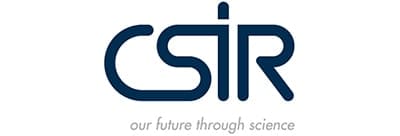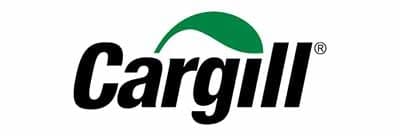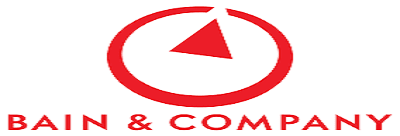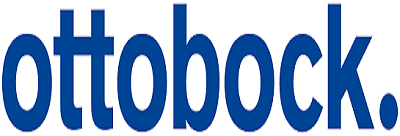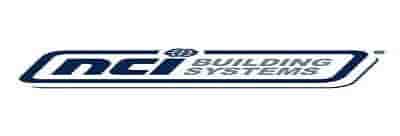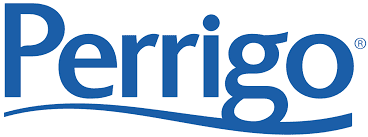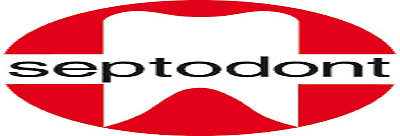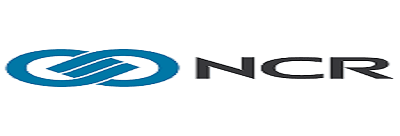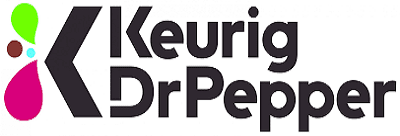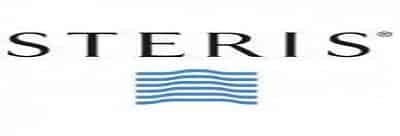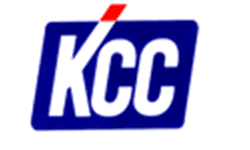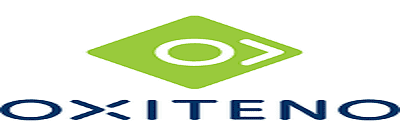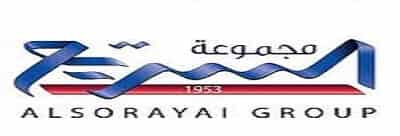household air purifier market demand
Technological advances in the air filtration systems to stimulate household air purifier market trends over 2020-2026
Air purifiers are devices that help remove
contaminants from indoor air to improve air quality. ever-increasing pollution
levels in the cities coupled with the rising consumer demand for
energy-efficient air purifiers will primarily drive the household air purifier
market growth. Manufacturers across the world are consistently improving the
air purifier tech for making it energy efficient. Hence, the air purifiers that
use less power than traditional air purifiers and resultantly save energy costs
are in high demand.
The growing penetration of technologically
enhanced and energy-saving air purifiers is estimated to boost the household
air purifier market outlook in the coming years. And for this, the
global vendors are introducing advanced materials into household air purifiers
to increase the overall efficiency. For instance, there is a growing demand for
residential air purifiers with HEPA filtration technology to help remove smoke
and pollutants from indoor air.
Some of the common varieties of household
air purifiers with HEPA air filtration technology available in the market
include Sharp Plasmacluster ion air purifier with True HEPA filtration,
Honeywell True HEPA tower allergen remover, Blueair HEPASilent air purifier,
and Blueair Classic 505 HEPASilent air purifier among many others.
Request
sample report from https://www.reporthive.com/request_sample/2135091
The household air purifier market is
generally segmented into products based on technology which includes HEPA,
ionizers and ozone generators, and electric precipitators. HEPA technology
dominates the residential air purifier market share is expected to accrue a
majority of revenue share throughout the forecast period. The use of HEPA
filters in residential air purifiers traps air pollutants and helps mitigate
allergens.
HEPA-based air purifiers are designed to
target small pollutants and particles. Based on the product category, the
household air purifier market can be segmented into the mode of action such as
fume & smoke collectors, and dust collectors, where the dust collector
segment accounts for the majority of market share due to the rising prevalence
allergy associated conditions such as asthma.
Geographically, the North American region
holds a dominant proportion of the global household air purifier market share
and is expected to remain so during the forecast period. The regional growth
can be attributed to increased consumption of residential air purifiers with
HEPA technology-based systems that help remove smoke and dust particulates from
the indoor air.
The Asia Pacific household air purifier
market is projected to register the fastest growth rate during the forecast
period. All due to the increasing product demand from the major countries
including China and India undergoing rapid urbanization.
Author Name : Report Hive Research

.png)

.png)

